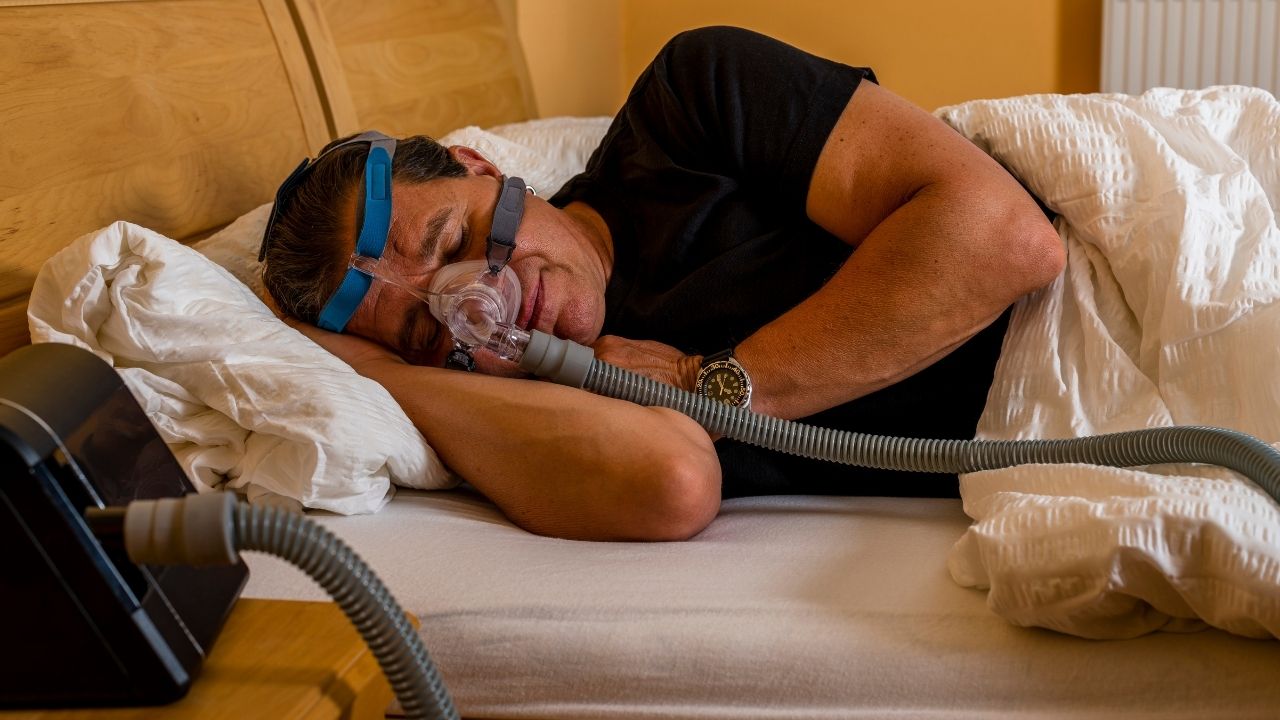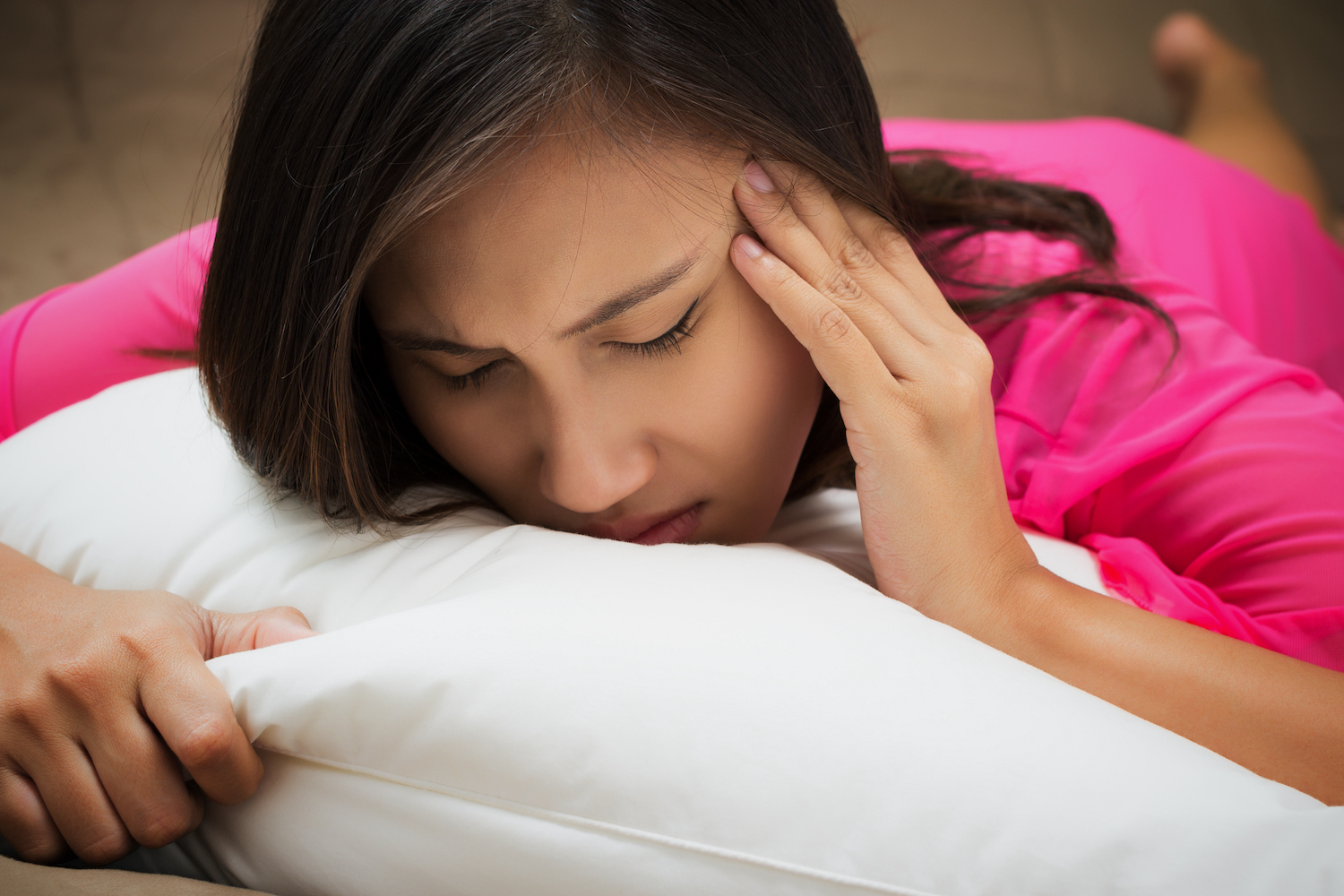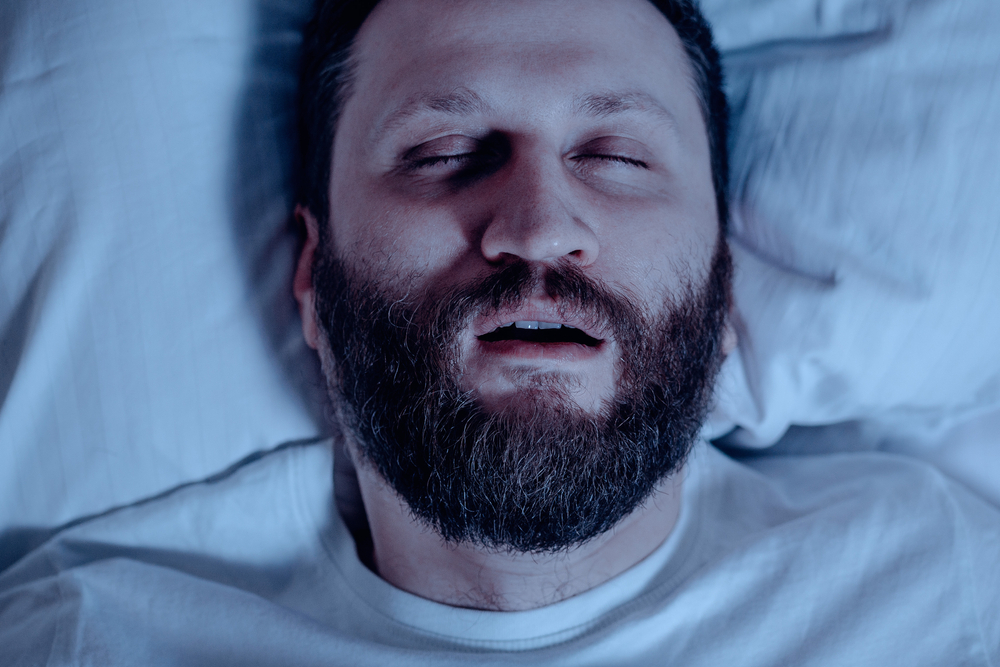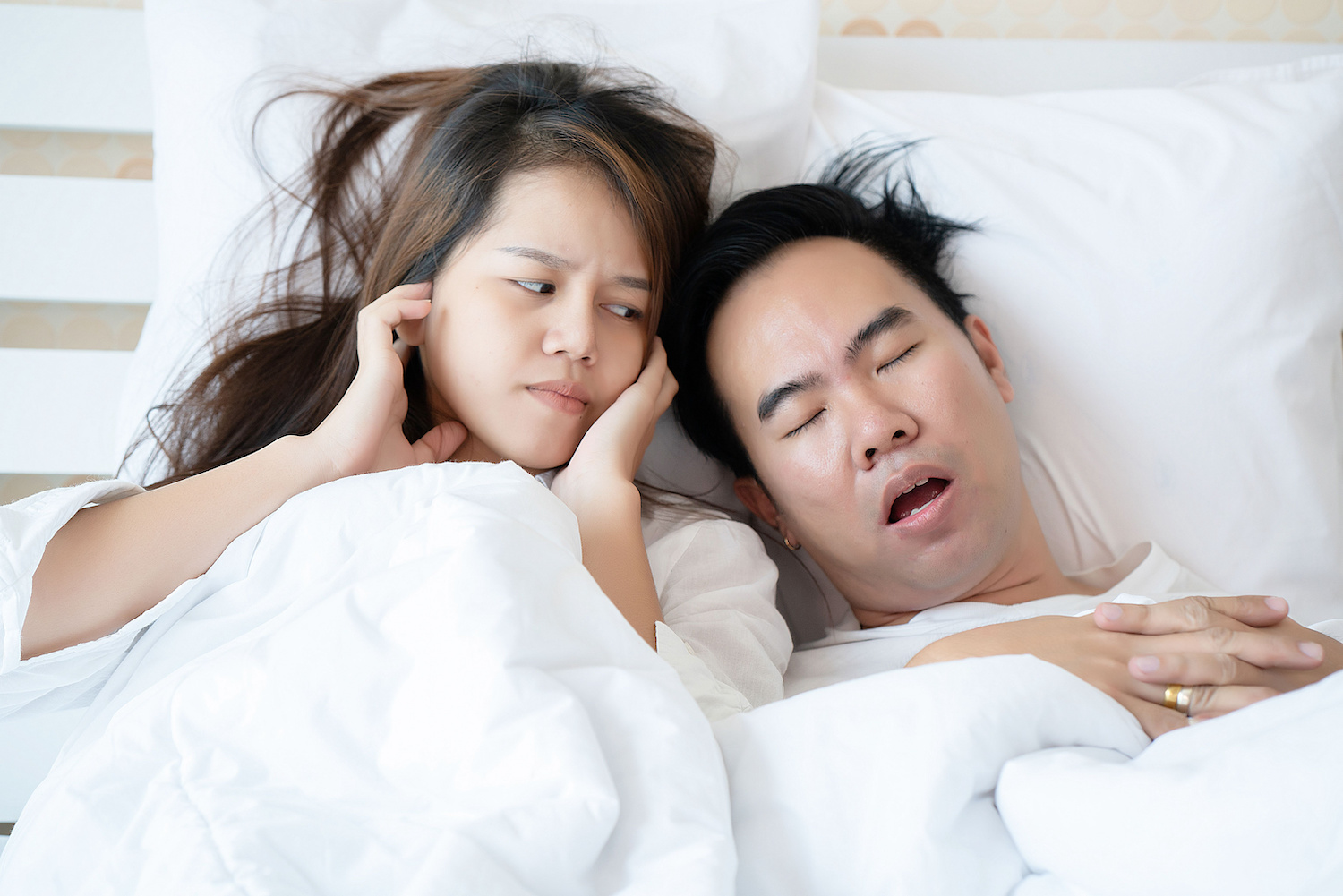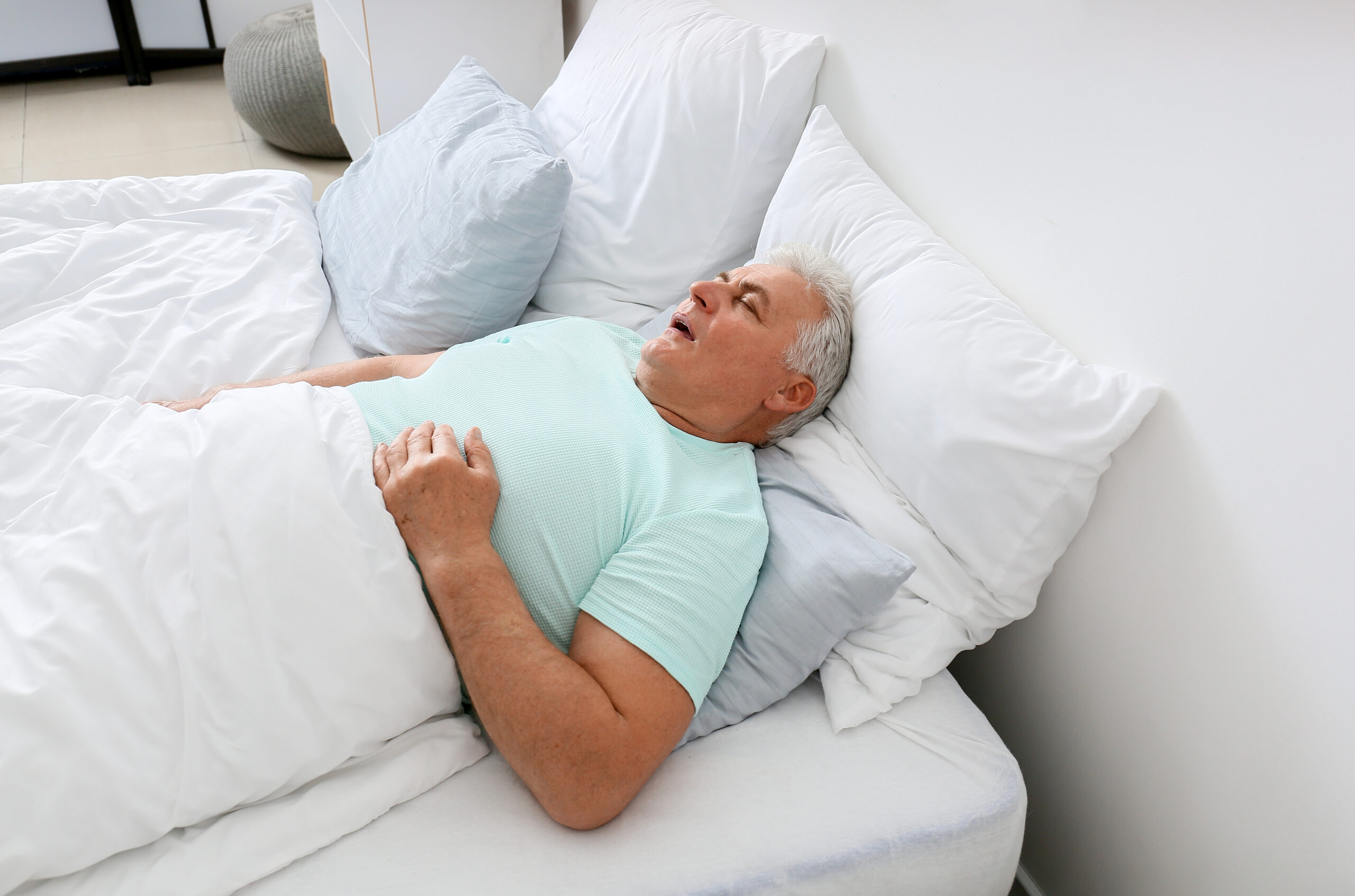Obstructive sleep apnea (OSA) is a common and potentially serious sleep-related breathing disorder characterized by recurrent pauses in breathing during sleep. These interruptions, known as apneas, are caused by the temporary partial or complete collapse of the upper airway, which hinders the flow of air into the lungs.
OSA is distinct from other forms of sleep apnea, such as central sleep apnea, which is related to problems with the brain’s signaling to control breathing.
What Is Obstructive Sleep Apnea?
OSA is primarily characterized by episodes of partial or complete obstruction of the upper airway. This obstruction occurs when the muscles at the back of the throat relax excessively, allowing soft tissues like the palate and uvula to collapse into the airway. This results in a temporary pause in breathing.
During these pauses, an individual’s breathing may be significantly reduced or completely stopped for a period ranging from a few seconds to up to a minute. These episodes can occur multiple times a night, often leading to fragmented and non-restorative sleep. As a result, people with OSA often feel unrefreshed and excessively sleepy during the day.
Symptoms of Obstructive Sleep Apnea
The hallmark symptoms of OSA are loud and habitual snoring, gasping or choking sounds during sleep, and excessive daytime sleepiness.
Other common symptoms of OSA include:
- Insomnia or disrupted sleep
- Difficulty concentrating and problems with memory
- Morning headaches
- Irritability and mood swings
- Waking up frequently at night to urinate
Consider talking to your doctor if you have any of the symptoms above or if your bed partner notices that you have loud and chronic snoring.
What Causes Obstructive Sleep Apnea?
Obstructive sleep apnea is primarily caused by the relaxation of tissues in the throat that result in partial or complete obstructions of the upper airway during sleep.
Several factors can contribute to this condition, including:
- Obesity: There is a strong link between obesity and OSA. Obesity can increase fatty tissue in the neck, which can affect airflow through the upper airway during sleep.
- Sex: OSA is more common in males and in females who are going or have gone through menopause. The risk of OSA in transgender people can depend on their sex assigned at birth and gender-affirming medical treatments they may receive.
- Smoking: Smokers may be up to three times more likely to develop OSA compared to those who never smoked or have already quit.
- Age: The risk of OSA increases with age until a person reaches about 60 or 70 years. Studies suggest that the risk levels off in older people.
- Nasal congestion: Nasal congestion may increase the risk of developing OSA. For people with OSA, nasal congestion can make it worse.
- Genetics: Someone with a close relative affected by OSA is twice as likely to develop it themselves.
Diagnosing Obstructive Sleep Apnea
Obstructive sleep apnea is diagnosed through a combination of clinical evaluation, medical history assessment, and sleep studies.
During a clinical evaluation, your health care provider will ask about your medical history, including symptoms like snoring, excessive daytime sleepiness, and any choking or gasping during sleep. They may also ask about your lifestyle, risk factors, and any relevant family history.
A physical evaluation may be performed to assess your overall health and check for any physical signs that could be related to OSA, such as the visibility of tissues in the back of your throat like the tonsils and uvula. Your doctor may also evaluate your weight and neck circumference, as a larger neck can be a risk factor for OSA.
Ultimately, your doctor can only diagnose OSA after conducting a sleep study.
Treatment for Obstructive Sleep Apnea
A variety of treatment options are available for obstructive sleep apnea. The treatment plan your doctor recommends may depend on how long you have had symptoms and how much they bother you.
Doctors may begin treatment by recommending lifestyle changes. These can include altering daily habits or routines to help reduce your symptoms.
For moderate or severe symptoms, the most common and recommended treatment is positive airway pressure (PAP). PAP can be delivered through different types of machines, but each one requires you to wear a mask over your nose, mouth, or both.
- Continuous positive airway pressure (CPAP): CPAP works by delivering a constant flow of air while sleeping to reduce the chances of airway collapse. Some CPAP devices called auto-adjusting PAP (APAP) machines automatically adjust the air flow to your breathing patterns.
- Bilevel positive airway pressure (BiPAP): Doctors may prescribe BiPAP if CPAP is not working well for you. It works by delivering two different levels of airflow, one for breathing in and the other for breathing out.
While PAP machines are helpful, they may not work for everyone. In some cases, other treatment options may be offered.
- Oral appliances: If PAP therapy does not improve your OSA, then oral appliances could be an option. Many patients find oral appliances more comfortable than wearing PAP equipment at night. Appliances work by stabilizing your mouth to improve airflow.
- Surgery: Though surgery is a less-common treatment, it may be appropriate for people who have not benefited from PAP therapy or oral appliances. Surgery may also help people with large adenoids, enlarged tonsils, and other physical features that make it hard to breathe.
- Implantable devices: If you have moderate to severe OSA that has not responded to other treatments, implantable devices may be an option. These devices are implanted in the chest and monitor your breathing, delivering a pulse to keep your airway open during sleep.
Living With Obstructive Sleep Apnea
If you are diagnosed with obstructive sleep apnea, it can take time to adjust to the lifestyle changes and treatment options your doctor recommends. Keep in mind that your doctor and health care team are there to answer any medically related questions.
There are several steps you can take to manage your OSA and improve the quality of your sleep.
- Follow the treatment plan: Treatment works best when used as recommended. Whether you have been prescribed a CPAP machine or another device, do your best to follow the instructions carefully.
- Take care of your device: PAP machines and oral devices typically include instructions for cleaning and maintenance. Cleaning your equipment regularly will keep it free of germs that could cause harm.
- Follow up regularly with your doctor: Your doctor can help you use your CPAP machine or other devices, address any difficulties you may have with your treatment, and answer your questions about coping with OSA.
- Keep all members of your health care team updated: If you see different doctors for other health conditions, discuss your OSA treatment plan with all of them. That way, they can make decisions that will not interfere with your treatment, like starting medications that could make your symptoms worse.




